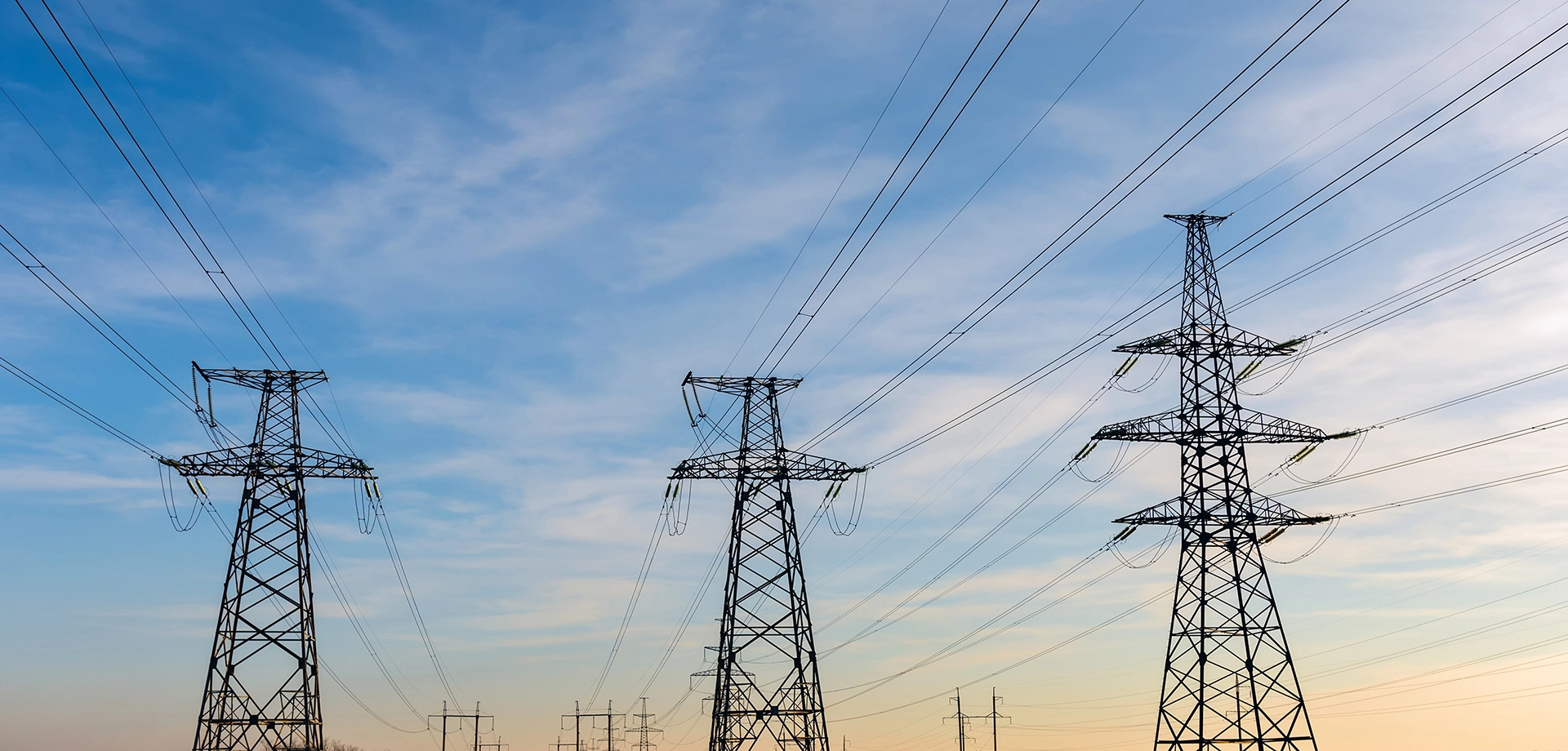On March 13, 2020, President Trump deemed the COVID-19 outbreak in the United States a national emergency as of March 1, 2020.[1] Due to the pandemic, certain electric transmission and distribution public utilities have experienced electricity demand that differs from projections. In addition, some state regulators took steps to provide relief to certain consumers.
At the federal level, North American Electric Reliability Corporation (“NERC”) issued guidance in March 2020 that it will consider the effects of the COVID-19 pandemic to be an acceptable basis for non-compliance with certain NERC Reliability Standards requirements that would have required action between March 1, 2020 and July 31, 2020. In addition, NERC suspended on-site compliance audits until at least July 31, 2020. In March 2020, the Federal Energy Regulatory Commission (“FERC”) announced it would extend certain filing deadlines and suspend all audit site visits and “in person” investigative testimony. In April 2020, FERC also committed to review and act on requests for relief in response to the COVID-19 pandemic expeditiously, give priority to processing filings that contribute to the business continuity of regulated entities’ energy infrastructure, and exercise prosecutorial discretion when responding to events arising during the emergency period. FERC also approved a blanket waiver of Open Access Transmission Tariffs provisions requiring transmission providers to hold meetings in-person and to provide or obtain notarized documents.
Some transmission and distribution utilities have experienced a shift from capital expenditures to operating expenses. Unlike capital expenditures that are recovered in rates over the life of the facility (through a depreciation expense), operating expenses are generally recovered from customers in the same year in which they are incurred. If a shift from capital expenditures to operation expenses is significant, customers may experience a corresponding rate increase sooner rather than later. To lessen the shorter-term burden on transmission and distribution utilities, and, ultimately, the distribution customers they serve, some public utilities have asked FERC to authorize them to amortize certain costs over a period of time rather than flowing through such costs in rates in the shorter-term. See, e.g., Vermont Transco LLC, Petition for Limited Waiver of Tariff Provisions, Shortened Comment Period, and Expedited Consideration, Docket No. ER20-1823-000 (filed May 14, 2020) (requesting the ability to amortize $10 million of the difference between the budgeted and actual ISO New England revenues over a twenty-four-month period, beginning in 2021, to mitigate the impact on transmission rates to its distribution utility customers). By amortizing costs over a longer period of time, public utilities are attempting to reduce rates for transmission services for distribution companies and, in turn, costs passed along to retail customers that may exacerbate the unprecedented economic pressure experienced by those customers as a result of COVID-19, such as unemployment, furloughs, and layoffs.
In other situations, public utilities have requested FERC authorization to include a surcharge in rates to wholesale customers to adjust for decreased revenue expected from retail customers due to state regulatory action. For example, the New York Public Service Commission ordered Consolidated Edison Company of New York, Inc. (“Con Edison”) to remove impediments in its retail rate design for low-income households to use air conditioning during the months of June through September due to limited availability of public facilities, such as cooling centers and public pools, in New York City due to COVID-19. To recoup the expected lost revenue from these retail customers, ConEd has proposed revisions to its service agreement with the New York Power Authority, a FERC jurisdictional agreement, to include a surcharge in its rate for the decreased revenue. See Consolidated Edison Company of New York, Inc., Emergency Colling Surcharge, Docket No. ER20-2071-000 (filed June 16, 2020).
In addition to public utilities proposing novel solutions to mitigate the impact of rate increases on distribution companies and their customers due to COVID-19, public utilities have requested a number of other forms of relief from FERC in connection with COVID-19. This includes:
- Extending deadlines or milestone dates in connection with interconnection requests for generation and storage resources, including distributed resources;
- Delaying recovery of transmission system upgrade charges from transmission customers;
- Allowing electronic communications and payments instead of in-person meetings and physical payments some tariff may require;
- Waiving testing requirements for resources interconnected at distributed and transmission levels;
- Adjusting load forecasts after the date tariffs require;
- Extending deadlines for FERC mandatory submissions, such as electric quarterly reports;
- Prolonging hearing tracks for cases being litigated before FERC administrative law judges;
- Adjusting the method of calculating Allowance for Funds Used During Construction, or AFUDC, in rates due to short-term debt rates increasing resulting from COVID-19 and the need of public utilities to issue significant amounts of short-term debt to address cash flow constraints during the pandemic; and
- Seeking additional transmission incentives to offset increasing costs of short-term debt.
Also, FERC has signaled that it is open to considering requested relief due to unprecedented circumstances facing the industry as result of COVID-19. See Commission Action to Address Effects of COVID-19 on Oil Pipelines, Policy Statement, Docket No. PL20-6-000, at P 5 (May 8, 2020) (recognizing the energy industry is facing “unprecedented circumstances” as a result of the COVID-19 situation that “might require unusual solutions.”); Supplemental Notice Granting Extension of Time for Non-Statutory Deadlines, Waiving Regulations, and Shortening Answer Period, Docket No. AD20-11-000, at P 2 (Apr. 2, 2020) (stating “[e]ntities may seek waiver of Commission orders, regulations, tariffs, rate schedules, and service agreements, as appropriate, to address needs resulting from steps they take in response to the emergency conditions caused by COVID-19.”). We anticipate seeing more requests to FERC and more FERC issuances related to COVID-19.
[1] Proclamation on Declaring a National Emergency Concerning the Novel Coronavirus Disease (COVID-19) Outbreak, The White House (Mar. 13, 2020) available at: https://www.whitehouse.gov/presidential-actions/proclamation-declaring-national-emergency-concerning-novel-coronavirus-disease-covid-19-outbreak/.

